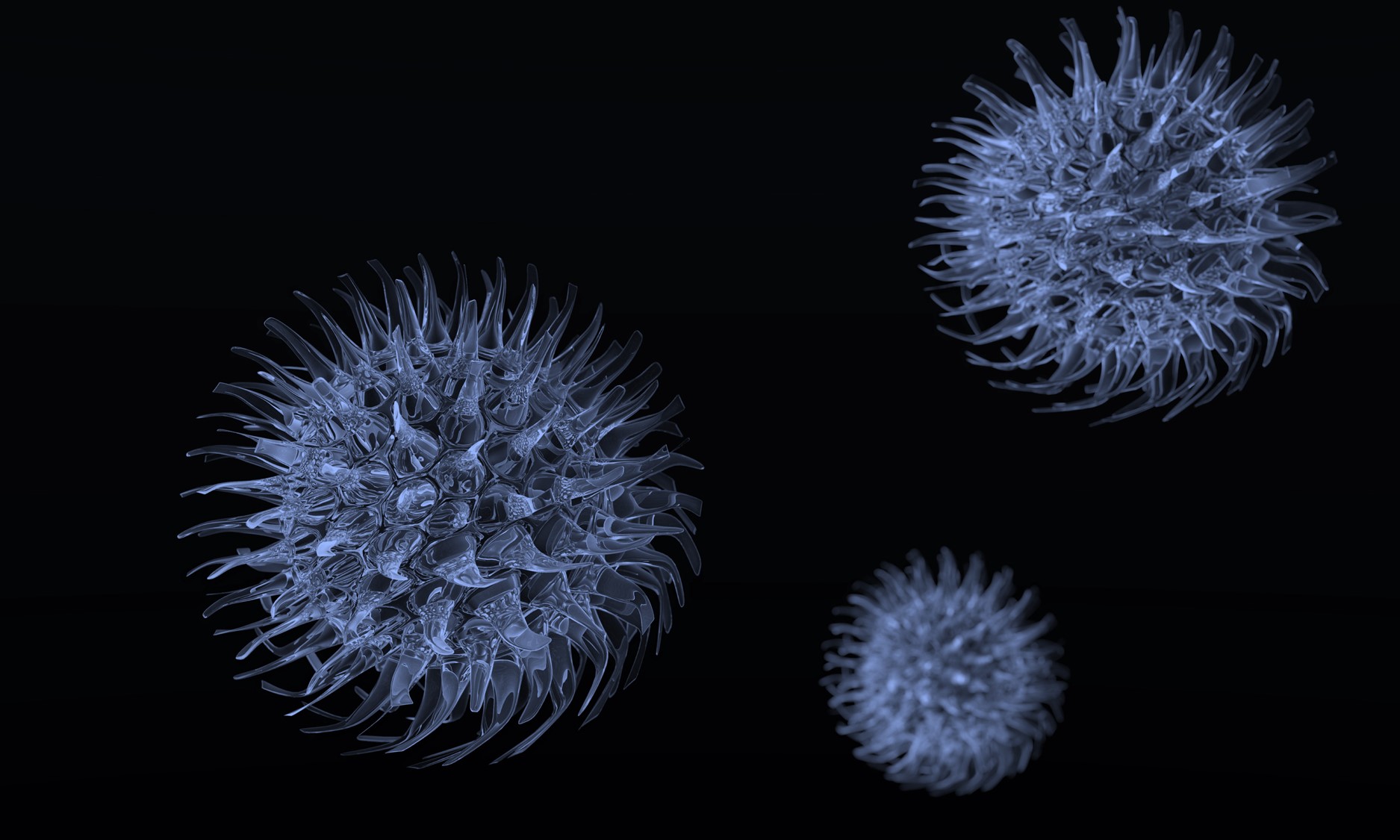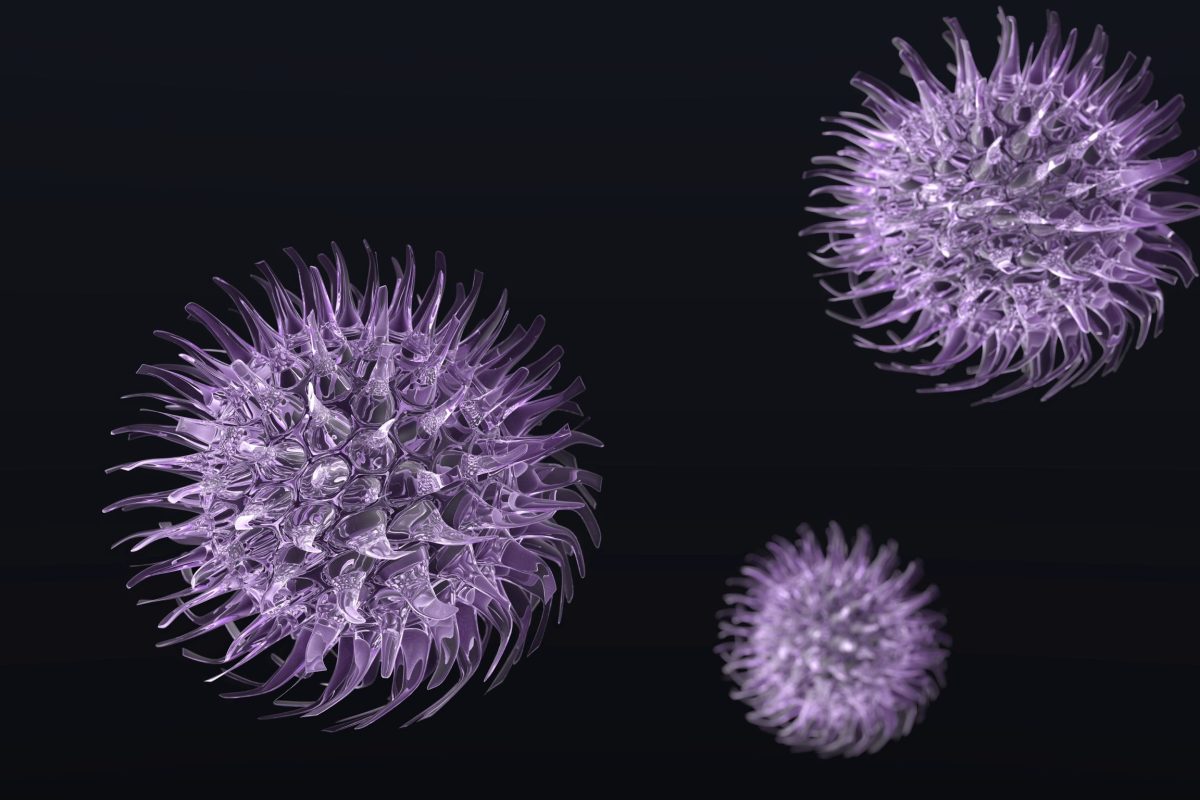The structure-activity profile of mercaptobenzamides’ anti-HIV activity suggests that thermodynamics of metabolism is more important than binding affinity to the target
ImQuest was a key contributor to a recently published article in the European Journal of Medicinal Chemistry. See the abstract below:
Abstract
Mercaptobenzamide thioesters and thioethers are chemically simple HIV-1 maturation inhibitors with a unique mechanism of action, low toxicity, and a high barrier to viral resistance. A structure-activity relationship (SAR) profile based on 39 mercaptobenzamide prodrug analogs exposed divergent activity/toxicity roles for the internal and terminal amides. To probe the relationship between antiviral activity and toxicity, we generated an improved computational model for the binding of mercaptobenzamide thioesters (SAMTs) to the HIV-1 NCp7 C-terminal zinc finger, revealing the presence of a second low-energy binding orientation, hitherto undisclosed. Finally, using NMR-derived thiol–thioester exchange equilibrium constants, we propose that thermodynamics plays a role in determining the antiviral activity observed in the SAR profile.
Nikolayevskiy et al.
Contact us to learn more about about antiviral service offerings, with specific expertise in assays for the development of novel HIV therapeutic and prevention products.



